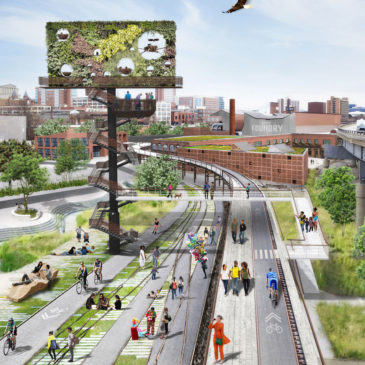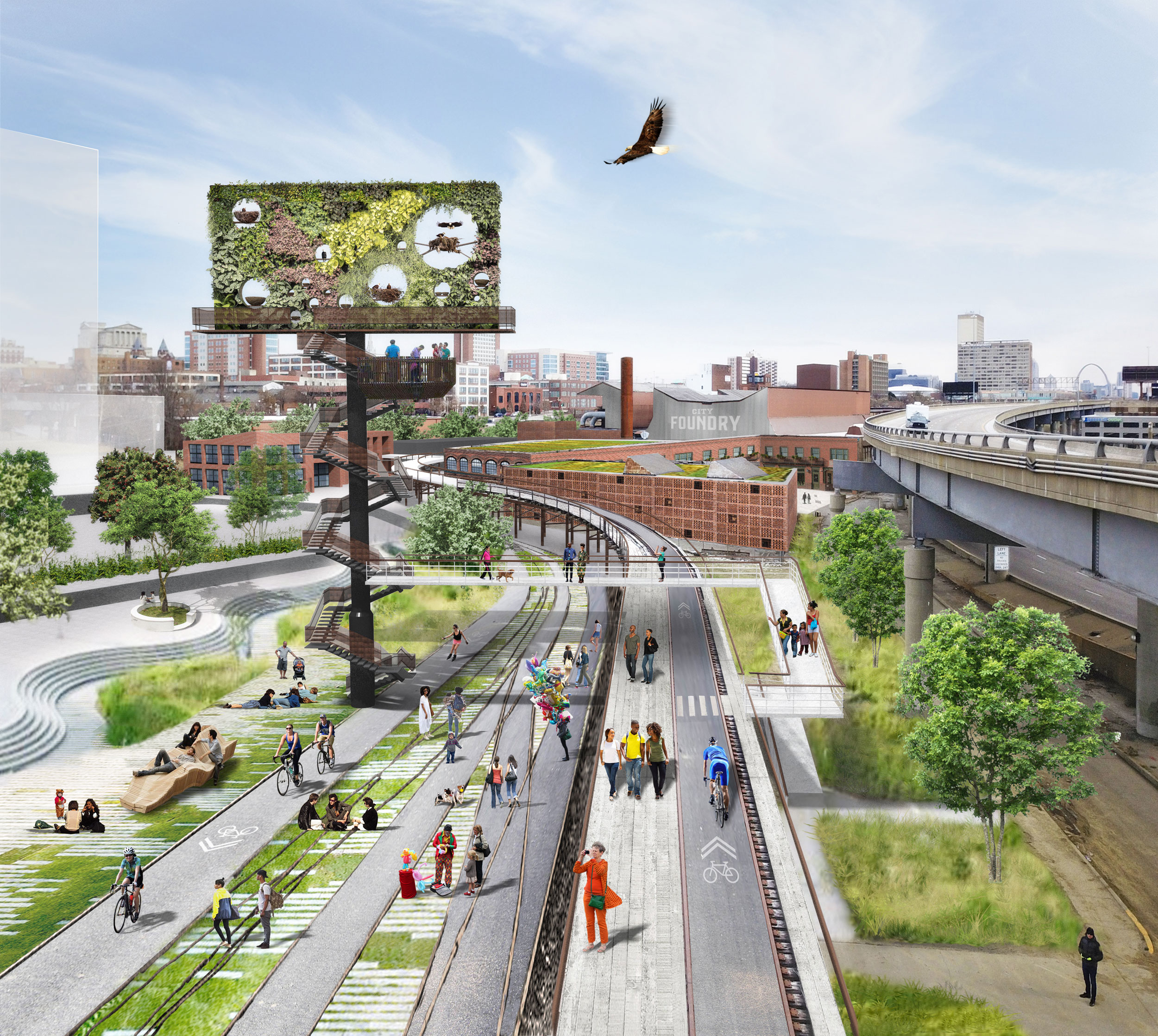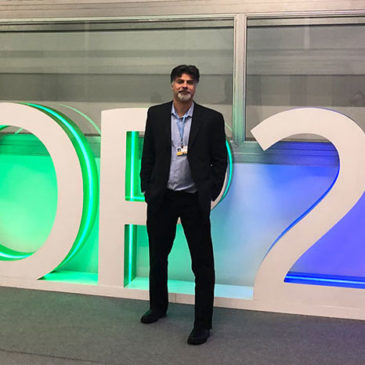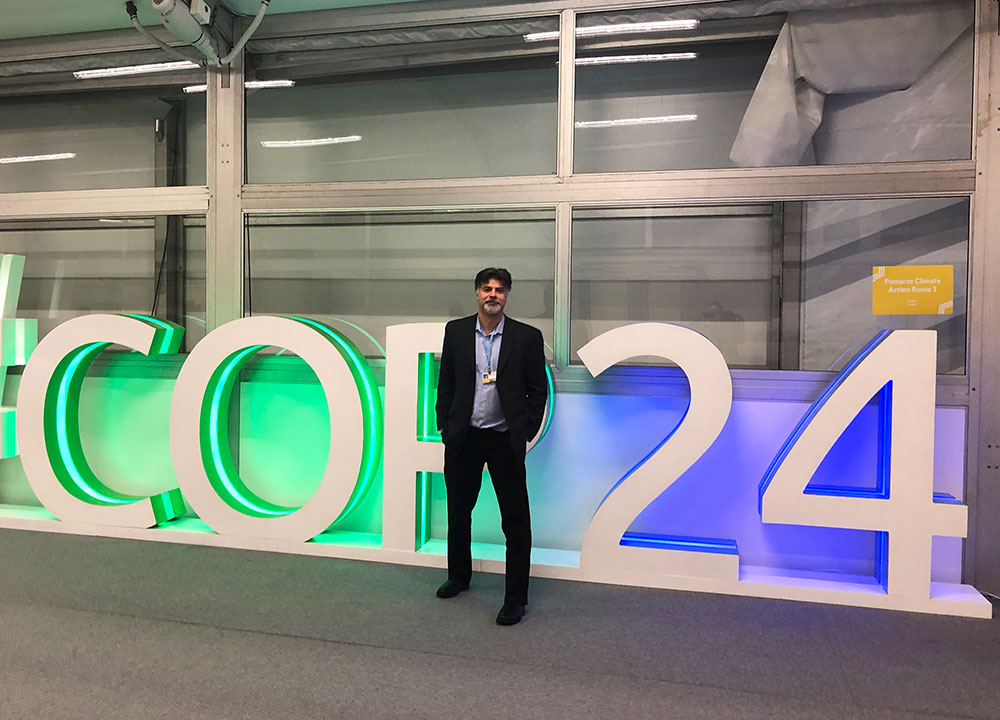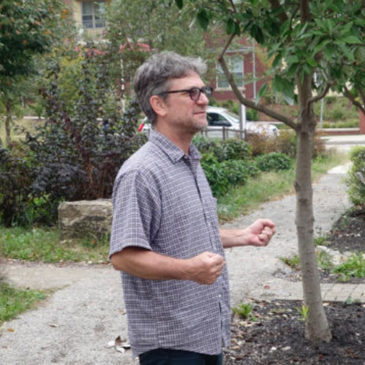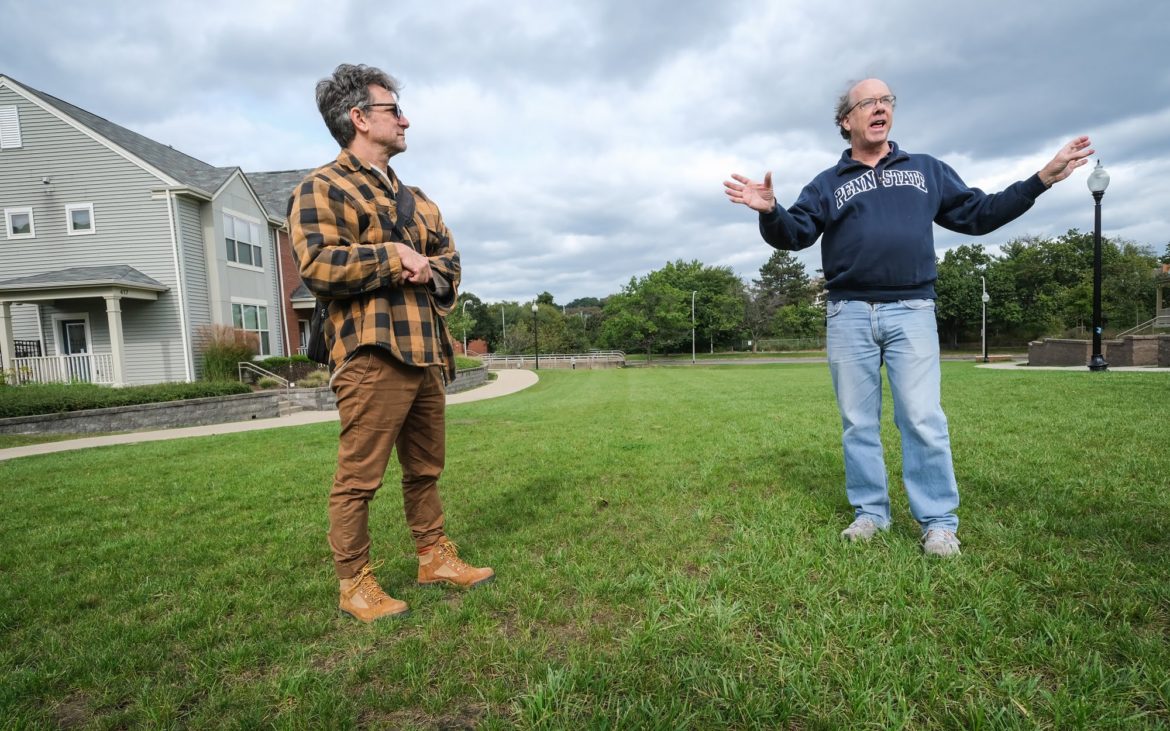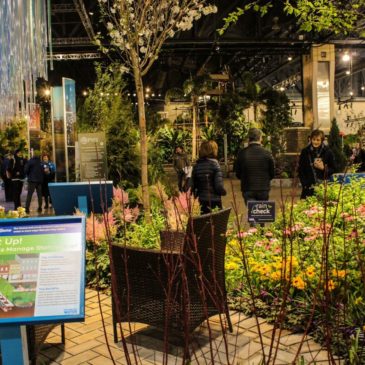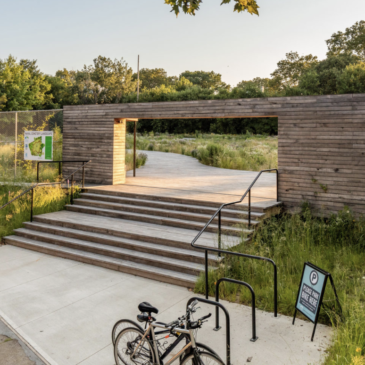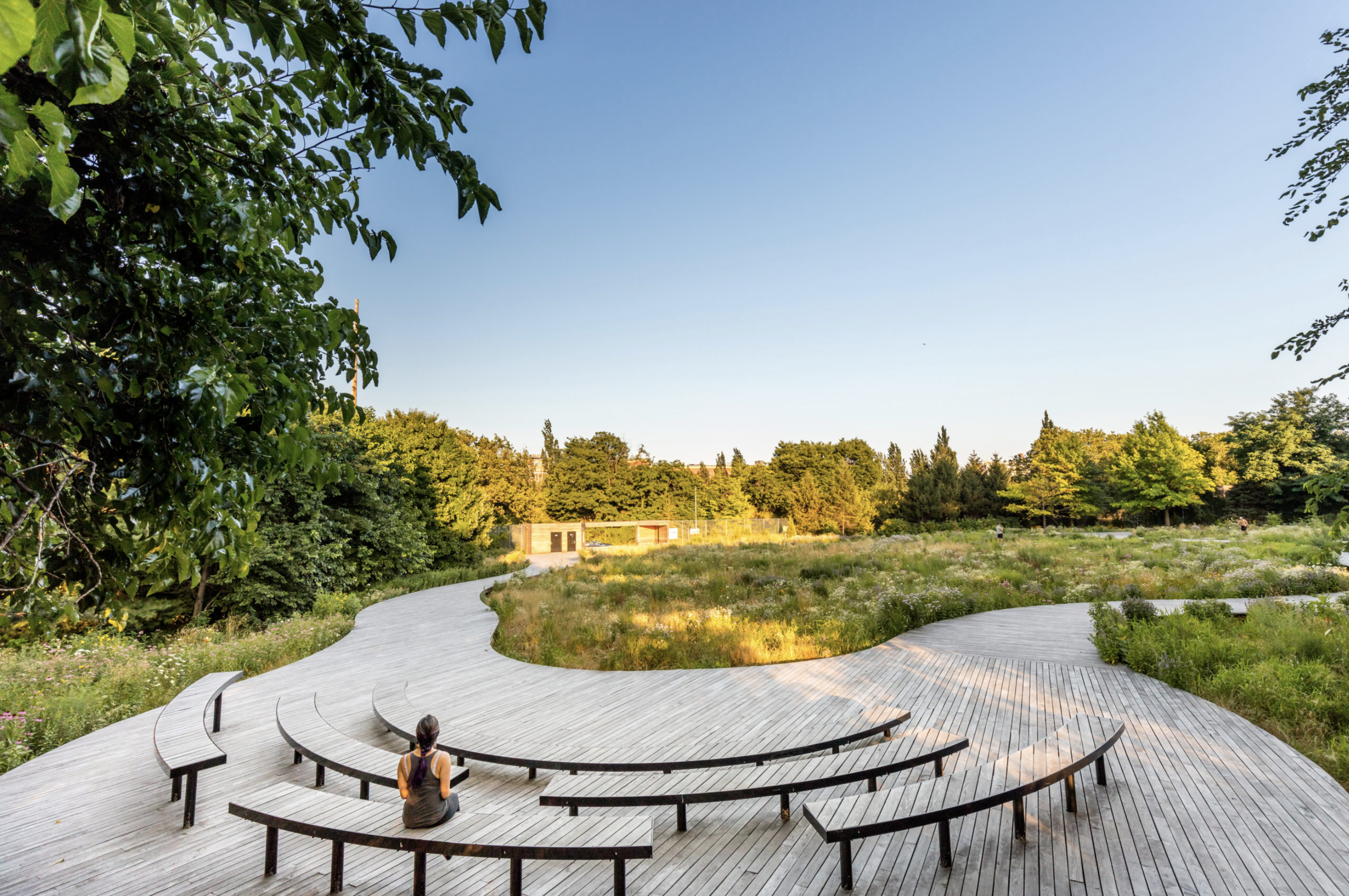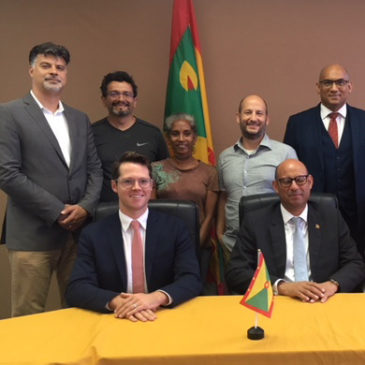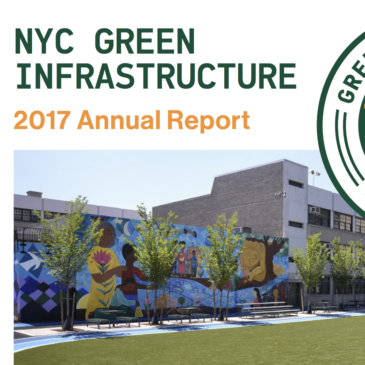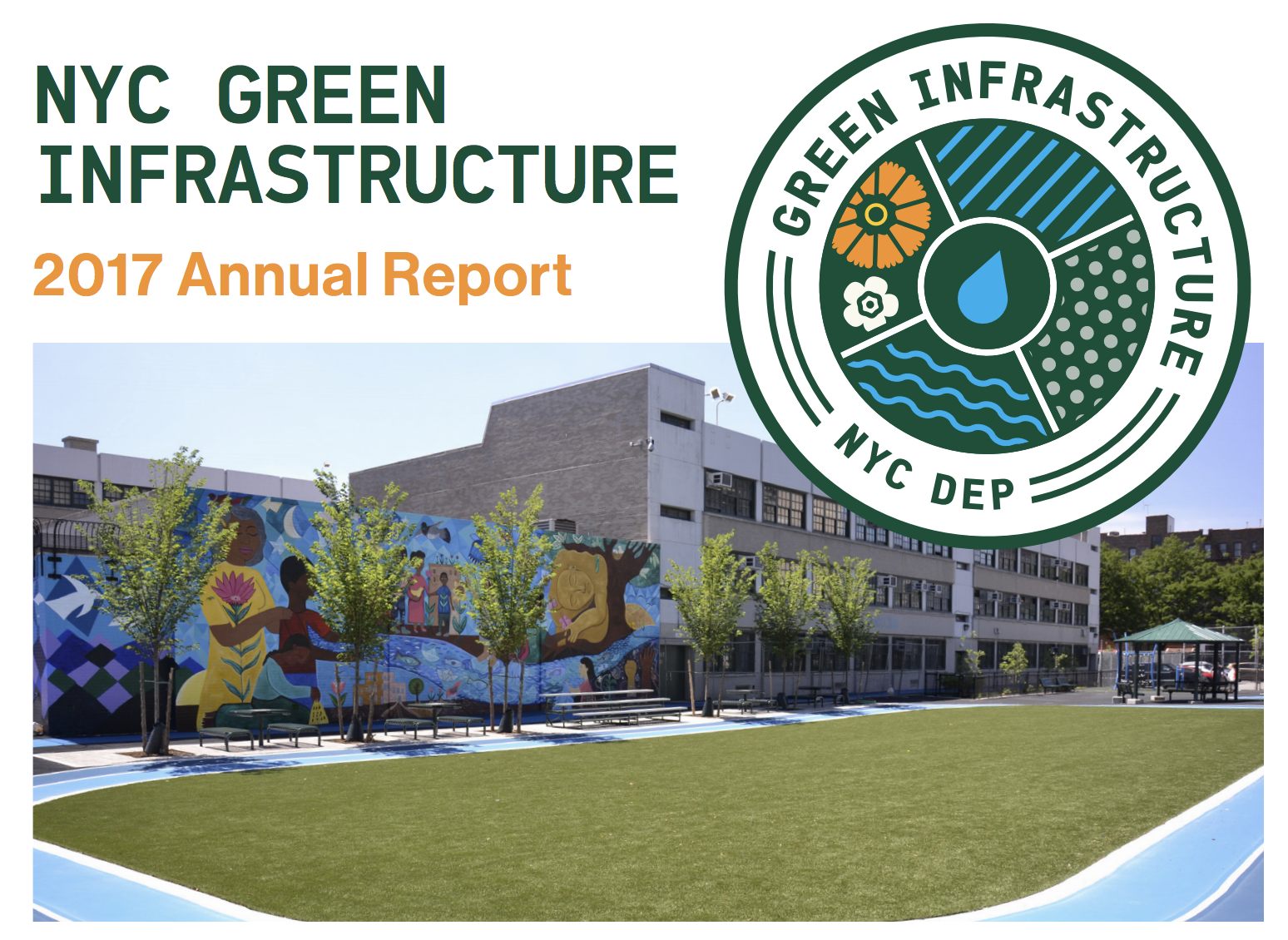15
Jan 2019
AIA NY 2019 Honor Award
Led by the firm Object Territories, eDesign Dynamics was on the winning team of the AIA New York 2019 Honor Award in the Urban Design category for our project +StL: Growing an Urban Mosaic. EDD developed an integrated approach to stormwater management by incorporating historic hydrologic systems, establishing “hydrologic strategies,” and identifying a broad range of amenities that green stormwater systems could provide to the residents of St. Louis.
The winning projects will be published in the Spring issue of Oculus and exhibited at the Center for Architecture in Manhattan between April 15 and June 29, 2019.
Read more >>HERE<<
AIA New York’s annual Design Awards program recognizes outstanding architectural design by AIA New York members, New York City-based architects in any location, and work in New York City by architects around the globe. The purpose of the awards program is to honor the architects, clients, and consultants who work together to achieve design excellence.

